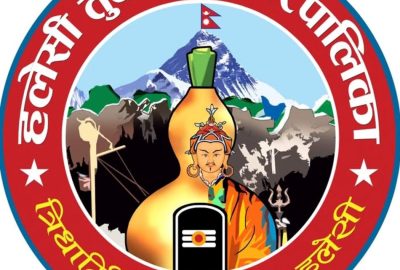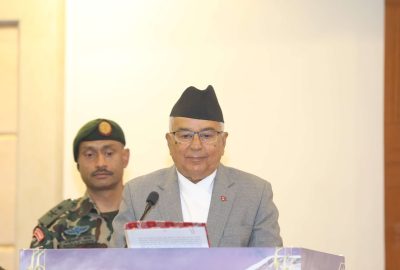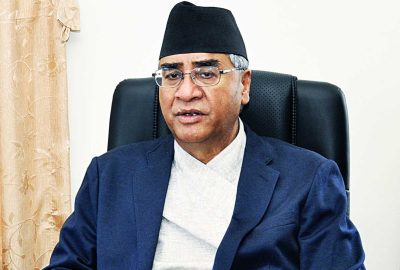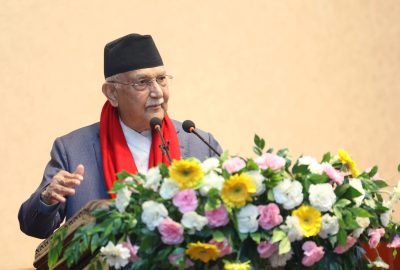Sakela Udhauli festival fervour reverberating in Kirant-Rai settlements
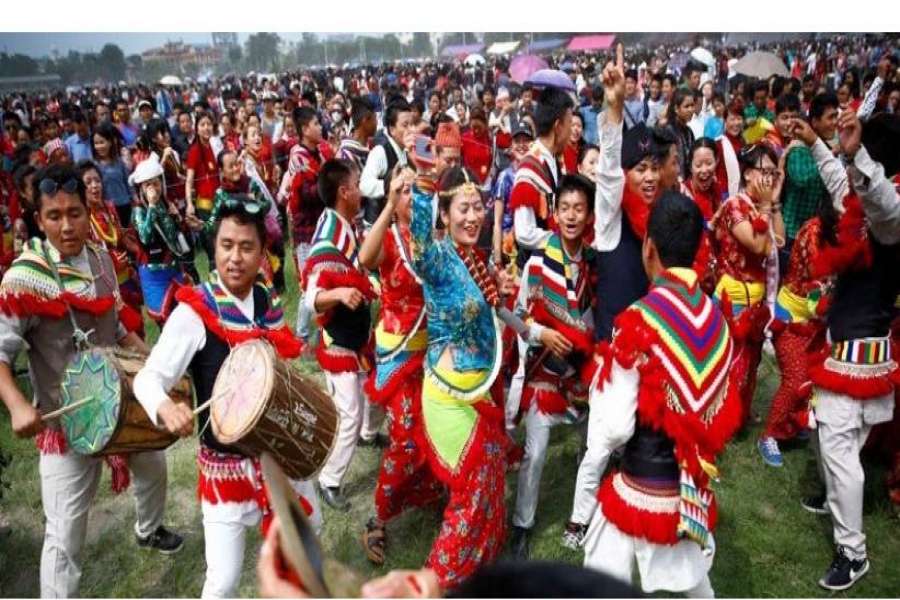
Katari: The Sakela Udhauli festival atmosphere is sweeping the Kirant settlements in the eastern parts of the country. The largest festival of the Kirant community is celebrated for with dancing and singing for 15 days from the full moon day in the month of Mangsir as per the lunar calendar.
The folk music of Sakela can be heard echoing in the Kirant settlements throughout this period with the playing of the Dholjhyamta drums and cymbals. The revellers can be seen dancing along with traditional steps and following the customary rituals to the throbbing drum beats and cymbals. This year the festival started with fanfare and associated rituals since Thursday.
The Sakela Udhauli festival is celebrated with much enthusiasm and gaiety in the eastern hilly districts of Khotang, Bhojpur, Udayapur as well as cities like Dharan, Itahari, Gaighat, Katari, Morang and in federal capital Kathmandu with large Kirant population, said Param Rai, President of Kirant Rai Yayokhkha Katari town committee.
The main celebration consists of a performance by participants standing in a circle in front of the Sakela shrine. It is said the divine and the human, and the myth and the reality are reflected in the performance which is a blend of art and work in a celebration of life.
During Udhauli, the Kirants worship their ancestors and deities to teach us civilisation. “Sakela is a cultural performance. It represents the history, culture, civilisation, identity and philosophical life of the Kirat indigenous people. It is performed in various sillis (steps). These sillis are an imitation of the ancestors’ tasks,” said Shuvaraj Rai, an expert on Kirant culture. The Kirants are animists and worship nature and this festival celebrates the nature-human bond.
The dancers re-enact actions like cutting the trees, ploughing the fields, sowing the seeds and harvesting the crops. Sakela means admiration of the main stream which helps to irrigate the land. As our ancestors were an agrarian people, they performed Sakela twice a year to express gratitude. The first event is Ubhauli which occurs in April.
“During Ubhauli we worship the mother land and the universe for the protection of the crops from disasters. The second event Udhauli happens in December when we worship our ancestors to teach us civilisation,” said Prof Kumar Singh Rai.
The participants imitate the movements of birds, animals, nature and the work done by their Kirant ancestors.
Popular posts
- Halesi Tuwachung municipality unveils logo
- Issue of climate justice needs to be raised in international forums : President
- There is no problem in running the government : Deuba
- PM Oli underscores private sector’s significant contribution to employment creation
- Speaker Ghimire issues ruling on oppositions’ demand
